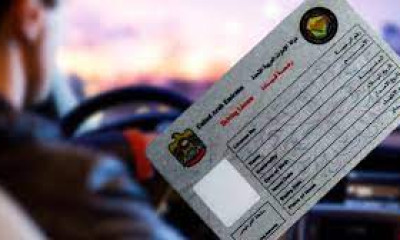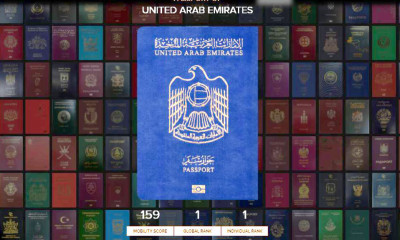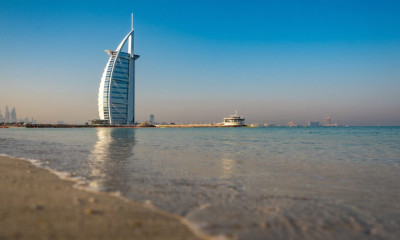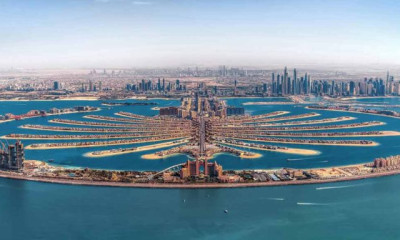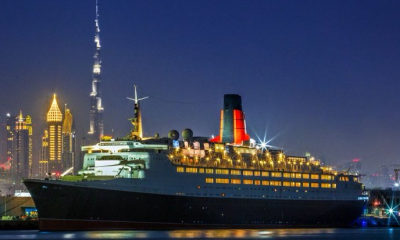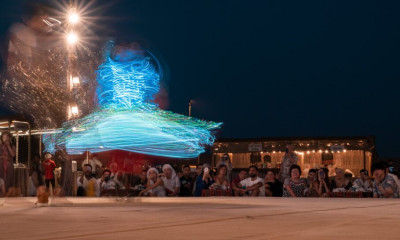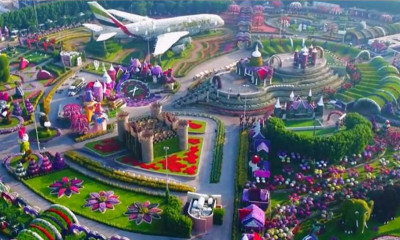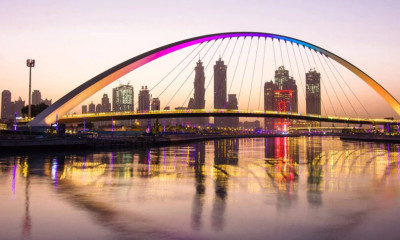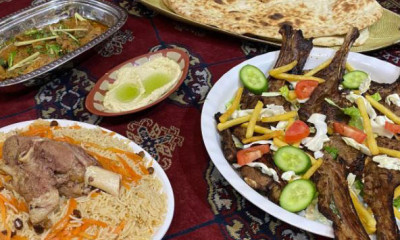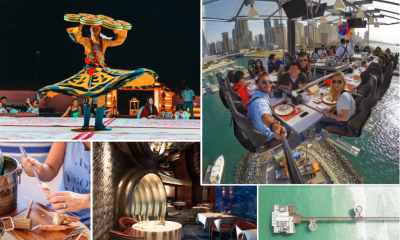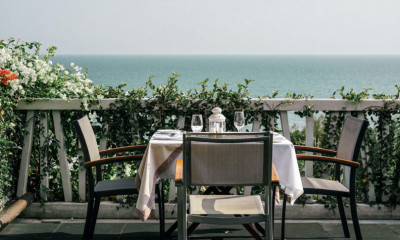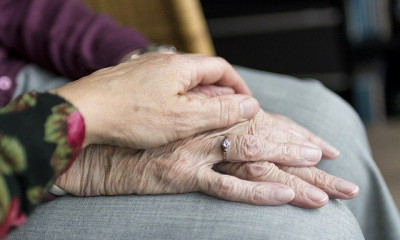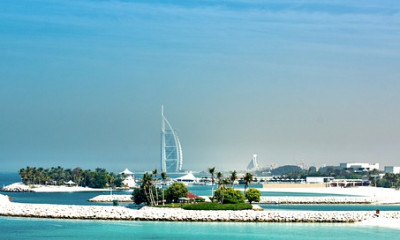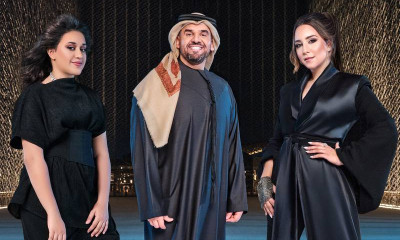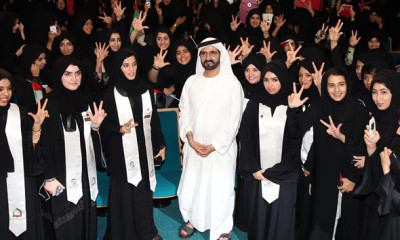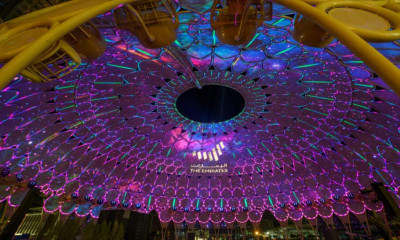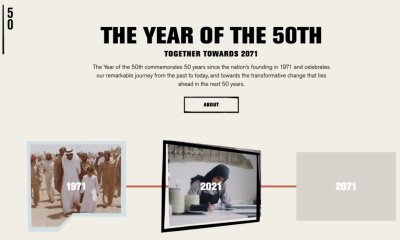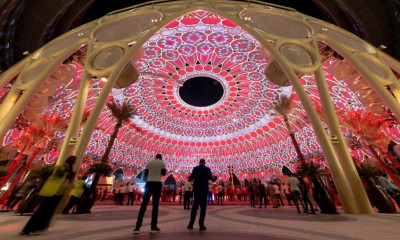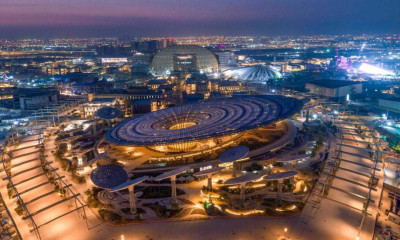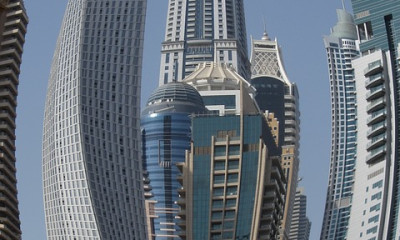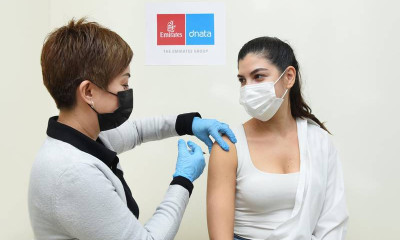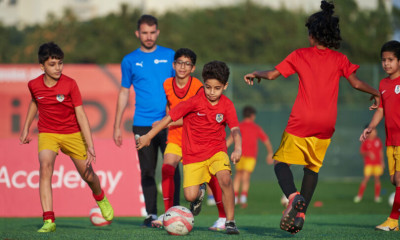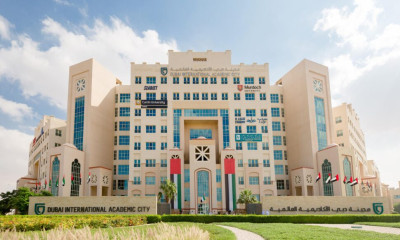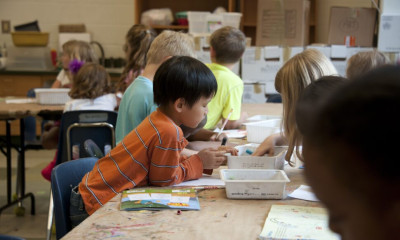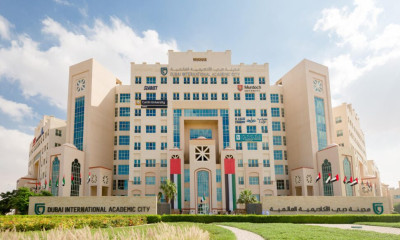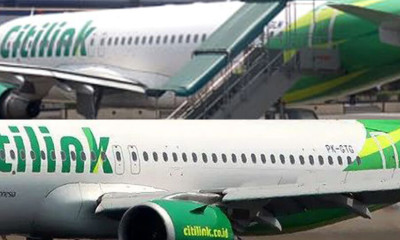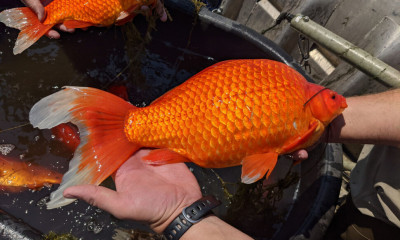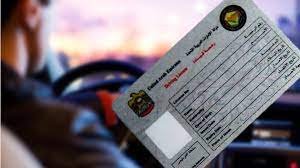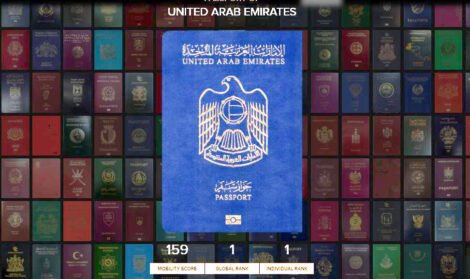
Dubai is home to the world’s largest number of private schools with students from 187 nationalities in 17 different curricula. With a variety of available choices, one of the most difficult tasks for a parent is deciding which curriculum suits their child the best.
Of the 17 different curricula on offer in Dubai, the most popular is the British curriculum, from early Foundation Stage to GCSE and A-Level. It is followed by the CBSE curriculum (Indian), the International Baccalaureate (IB), American, Australian and French.
For parents making a move to the UAE from another country, the selection of a curriculum often depends upon their country of origin
According to Dubai’s education regulator KHDA (Knowledge and Human Development Authority), “the curriculum is much more than the textbooks or examinations. It refers to everything the school teaches, including subjects and activities inside and outside the classroom. These include extra-curricular activities, school trips, and visitors to the school.”
For parents making a move to the UAE from another country, the selection of a curriculum often depends upon their country of origin as they may want their child to integrate back into their home country’s education system at some time in the future.
The primary consideration, however, is the child’s future requirements of applying to university or further education, either in the UAE or abroad. So, which curriculum is the best for your child?
The primary consideration while choosing a curriculum is the child’s future requirements of applying to university or further education
Here’s a brief, alphabetic overview:
1 American Curriculum doesn’t lock pupils into a system that they will need to follow up to Grade 10 or 11. Pupils are encouraged to study a broad range of subjects up to university level and the curriculum is less geared towards in-depth study. There is no standardised core curriculum monitoring as it is flexible and various US states follow their own programmes. There are no ‘sudden death’ exams as the curriculum is, instead, focused on constant assessment throughout the year. As there are no set standards, though, the quality of education can vary.
2 Australian Curriculum is based on the assumption that every student can learn and that the needs of every student are equally important. This ethos enables high expectations to be set for each student as teachers account for the levels of learning of individual students. The approach aims to develop students’ key skills so they become successful and qualified individuals once they enter their professional lives. Assessment is carried out on a project-by-project basis. There is less emphasis on specific content and greater emphasis on process, particularly higher-order thinking and enquiry. The learning is holistic, with a strong academic element, and the qualifications gained through Australian schools are accepted at the majority of universities.
3 British Curriculum encourages students to think for themselves, form opinions, relate to others and gain experience in taking responsibility for their own actions and decisions. The curriculum is divided into several year blocks called Key Stages, as well as the Early Years Foundation Stage, which covers pre-schoolers. GCSE, IGCSE and A-Level qualifications are internationally recognised, respected and accepted at the vast majority of universities worldwide because the British curriculum is a strictly regulated education system. The International General Certificate of Secondary School (IGCSE) follows the British curriculum and is broken down into three stages which together lead to an A-level qualification. British curriculum schools are popular because they allow students to move smoothly into higher education in the UK.
4 French Curriculum follows the programme of study that has been established by the French Ministry of National Education and is officially recognised by the French government. At Kindergarten level (ages two to six) is more than just a playschool; the curriculum includes reading and writing, numeracy and sometimes a foreign language, as well as creative activities. Primary school consists of five classes for children aged six to 11. The primary school curriculum includes literacy and numeracy, with classes in French, arithmetic, geography, history, the arts and English. The college programme (ages 11 to 15) includes French, maths, history, geography, technical education, art or music, physical education, civic education and some science. This is an excellent option for students of French origin who are looking to continue their education in France.
5 Indian curriculum has two choices – the Central Board of Secondary Education (CBSE) and the Indian Certificate of Secondary Education (ICSE). Both set high standards and are challenging for students. The CBSE is considered more scientific in its approach with each syllabus divided into segments taught throughout the year. For both systems, the emphasis is on core subjects such as maths, languages and science.
6 International Baccalaureate (IB) runs from FS1 through to the sixth form. The Primary Years Programme, which is for students up to Grade 6, offers an integrated curriculum, enabling children to learn through guided exploration and structured inquiry. Children take an active approach to learning, taking part in team projects that require them to use several skills from an early age, such as public speaking and putting together presentations. The curriculum focuses on developing personal skills that students will require for life after school, rather than just academic achievement. However, students must prove they can keep up with the workload.


